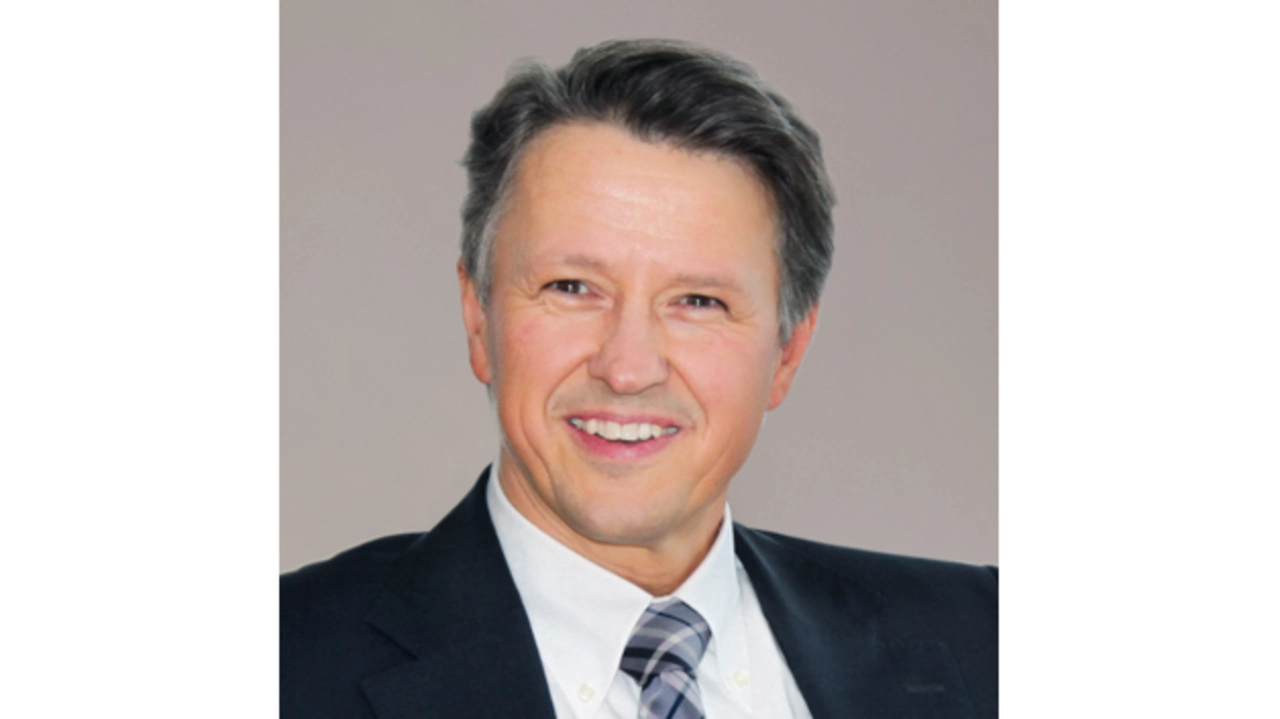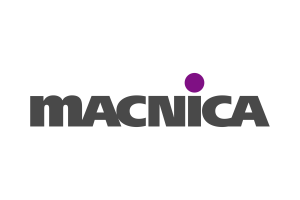Wireless Technology for IoT
Microchip supports IP500
With Microchip, the IP500 Alliance has gained a major semiconductor manufacturer as a member. Helmut Adamski, CEO and Chairman of the IP500 Alliance, talks about recent successes and future goals in an interview.
? How did you manage to convince Microchip of the IP500 standard and membership in the IP500 Alliance?
! Helmut Adamski: In 2014, Atmel (now Microchip) launched one of the most advanced chip / radio solutions, with specific features and functions, that were the best fit for the requirements of the IP500 Alliance’s standard, as this chip had the most suitable technologies and capabilities. The IP500 Alliance subsequently chose the Atmel RF215 radio (RF) chip and asked its technology partners to integrate the Atmel RF chip into the entire IP500 ECO System.
As we know, Microchip then acquired Atmel in April 2016.
The IP500 RF module was launched in two generations, first with a single band (IP500 / CNX100), and then with a dual band (IP500 / CNX200), which was certified by regulatory bodies for security applications.
Microchip recognized the outstanding potential of the disruptive IP500 ECO system in the IoT landscape and its focus on security applications in commercial buildings.
Finally, Microchip agreed to join the IP500 Alliance early in 2021.
? What is the impact of Microchip's membership of the IP500 Alliance and its future development?
! Adamski: The impact is a big opportunity for the IP500 Alliance and its members and partners, because of Microchip’s worldwide presence. Microchip’s membership enhances the credibility of the IP500 Alliance and affirms that the IP500 Alliance is the leading platform for this technology in the IOT global market.
Microchip’s membership helps the IP500 members to launch superior IoT wireless solutions much faster and at lower development cost.
On the other side, Microchip benefits because the IP500 network / module opens the market for security applications for commercial buildings with highest regulation requirements.
? How has the IP500 standard and the IP500 Alliance developed over the past year?
! Adamski: Right from the beginning the IP500 Alliance had its focus on providing a robust and secure wireless IoT platform for all applications, including security and safety. We also decided to address the requirements of larger objects and the most difficult environments, like commercial buildings or industrial facilities. To meet these customers and industry expectations, we looked from the system level of a typical IoT network for large scale applications of a commercial building and we also have identified the most mission critical requirements of security regulations, i.e., for intrusion and fire detection for commercial buildings. The result was the IP500 requirements specification defining all features, functions, and technologies of the IP500 Infrastructure, wireless network topology and even down to the radio frequency modulation level.
This top-down approach provided the bases to invite the most suitable providers of wireless IoT technologies and components. So, we picked Atmel radio chip (RF215) and their micro controller, because of the best fit meeting our requirements at the chip level. We also invited other IoT technology providers to develop a complete and the best-in-class IoT network solution and infrastructure.
? What are the next steps planned by the IP500 Alliance? What is your current roadmap and what are the goals?
! Adamski: The IP500 Alliance is in the process of launching the IP500 Infrastructure in pilot projects around the world. Therefore, we have started to work with the construction industry demonstrating the increased security and reduced energy consumption in existing commercial buildings.
This demonstrates the enormous capabilities of the IP500 wireless IoT platform for commercial buildings and the expansion of its IP500 ECO System step by step by inviting OEMs of building automation solutions and systems to become part of the IP500 ECO System, which opens-up for them, and for the end-users, untouched applications, and business opportunities
The goal is to provide owners and users of commercial and industrial buildings / objects the most robust and secure IoT wireless ECO System, which can address ALL IoT devices under one IP500 wireless IoT infrastructure. This will allow planners, system integrators and end-users to install one IoT infrastructure solution in an existing commercial building, or new construction, with unlimited scalability, in applications and or size.
? What will you or experts from IP500 member companies present at BIM Word Munich on 23rd and 24th November 2021?
! Adamski: The IP500 Alliance will host a booth to present the entire IP500 wireless IoT ECO System for commercial buildings. We are going to demonstrate how end-users of large buildings will be able to install the IP500 OEM solutions based on a most secure and reliable wireless IoT network, including mission critical applications.
In partnership with our IP500 members we are also going to have a keynote presentation on Nov. 24th at 11:00 and after the keynote a panel discussion with representatives from the security regulatory (VdS), as well as from the construction industry.

Ing. Helmut Adamski
is an IoT pioneer and currently leads the IP500 Alliance e.V. as CEO and chairman. He has more than 25 years of experience in the high-tech industry, with a focus on IoT and IT network applications, radio ICs and security applications for buildings and premises.
Adamski holds an engineering degree in electronics and attended Executive/MBA programs at the Institute of Excellence, San Diego, and Stanford University, California, USA.
helmut.adamski@ip500alliance.org








